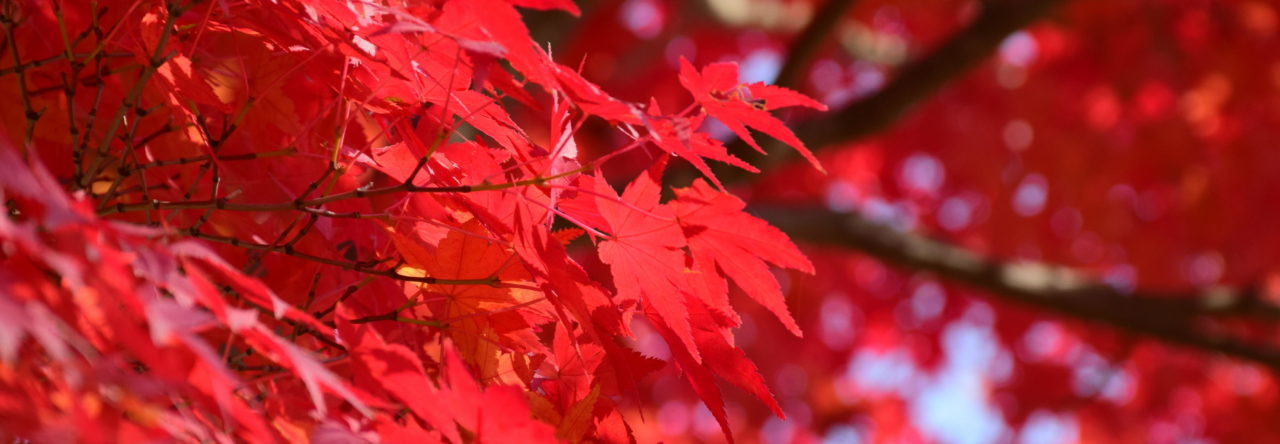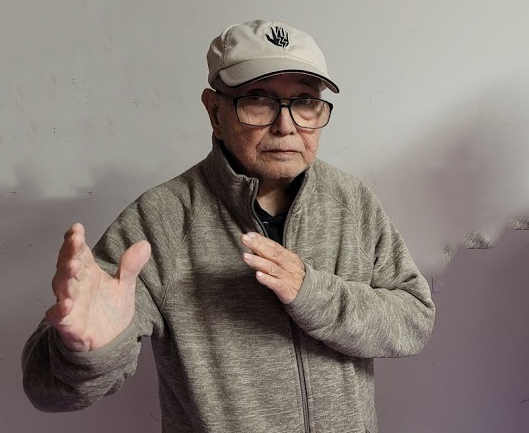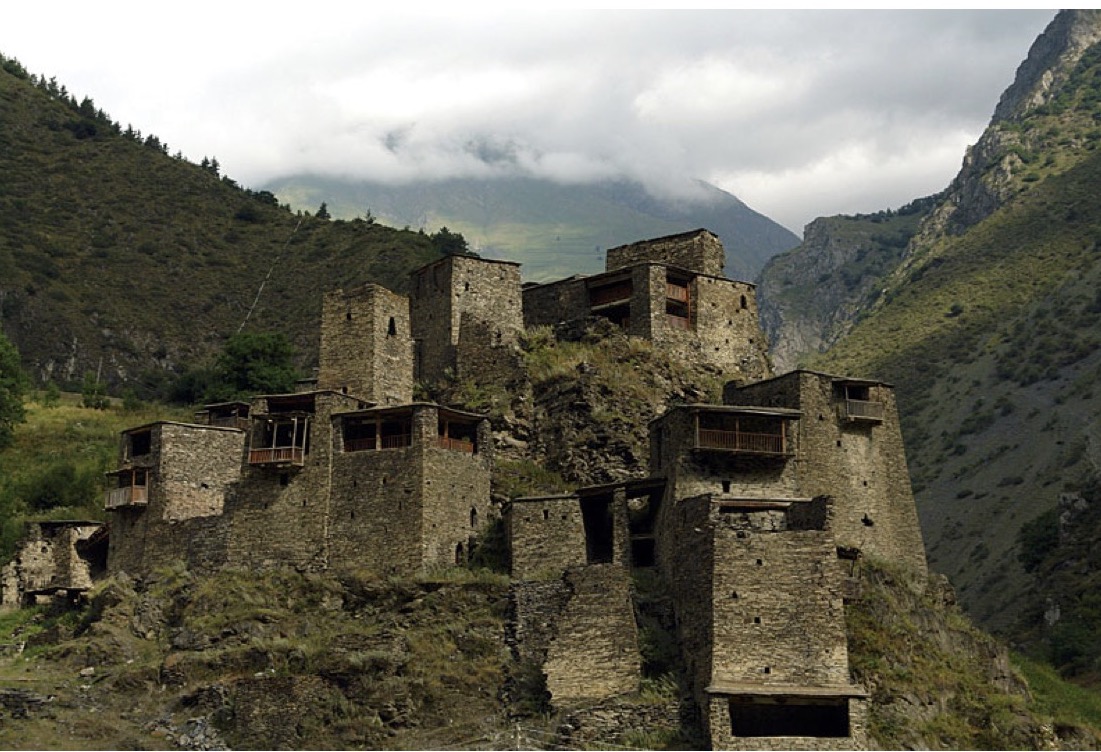An elderly man in ball cap and windbreaker walks his toy dog around the neighborhood. Beneath the visor of his cap, eyes smile from behind his glasses. He waves and nods to people as they pass. A harmless old man. But what the passers-by don’t know is that they have been assessed for potential danger. This smiling old man constantly scans the environment for threats and items that he might use as weapons: without paranoia, he catalogues them. In his own estimation, he won’t last long in a fight at his age, so this, too, he takes into account.
On June 12, 2021, Jim Ingram died at the age of ninety. Among other things, Ingram was the founder and head of the Amerindo Self-Defense System. He created this mixed system, drawing from numerous combative traditions, mostly Indonesian in origin, but also including modern military combat training, all filtered through Ingram’s real-life experiences. He considered this to be a family art, making all of his students part of that family. His students all call him Oom, meaning Uncle in his mother tongue, Dutch.
When Ingram heard of the death of one of his seniors or contemporaries, he would say: “When a teacher dies, a world of knowledge is lost.” In the following, I share a little bit about the man who gathered, tested, and passed on this knowledge, and how his personal vision of survival intersects with other martial traditions–about this world of knowledge that has recently been lost.


